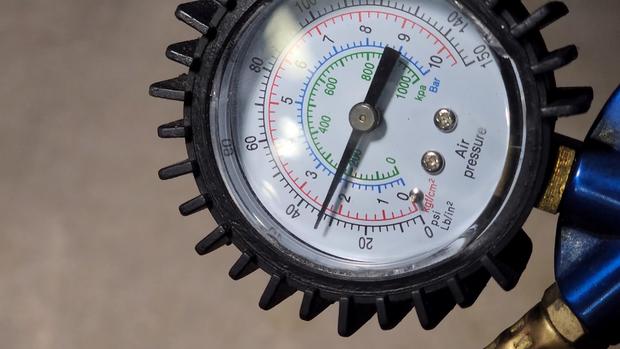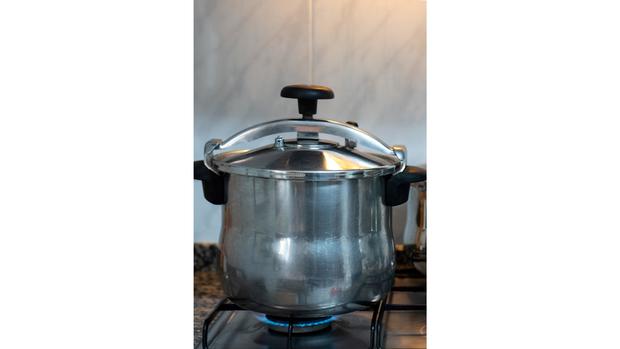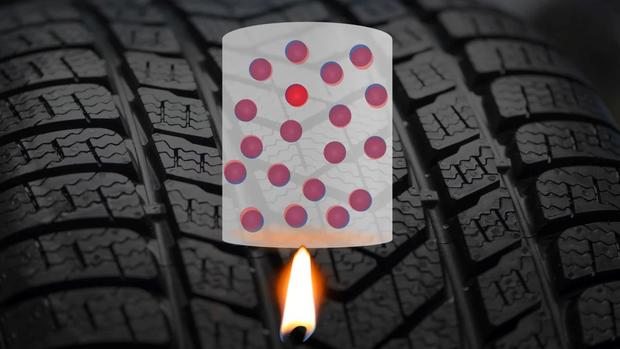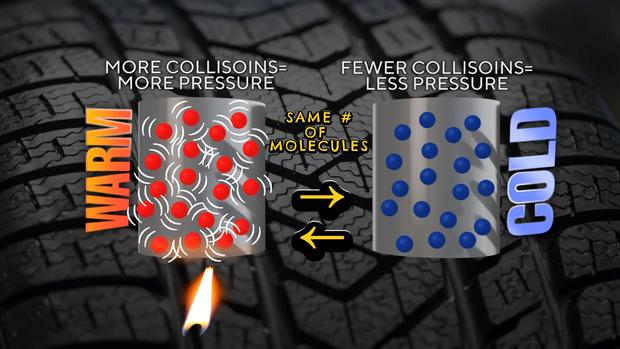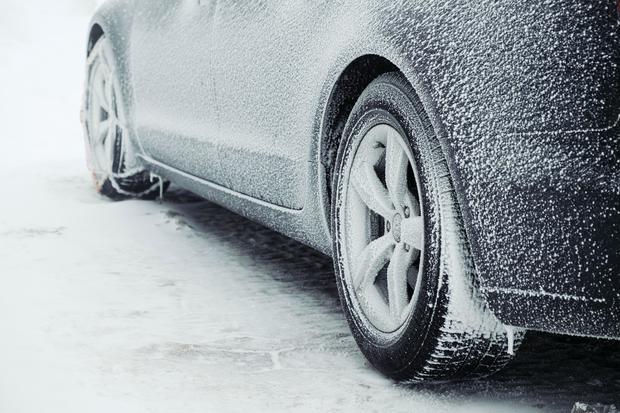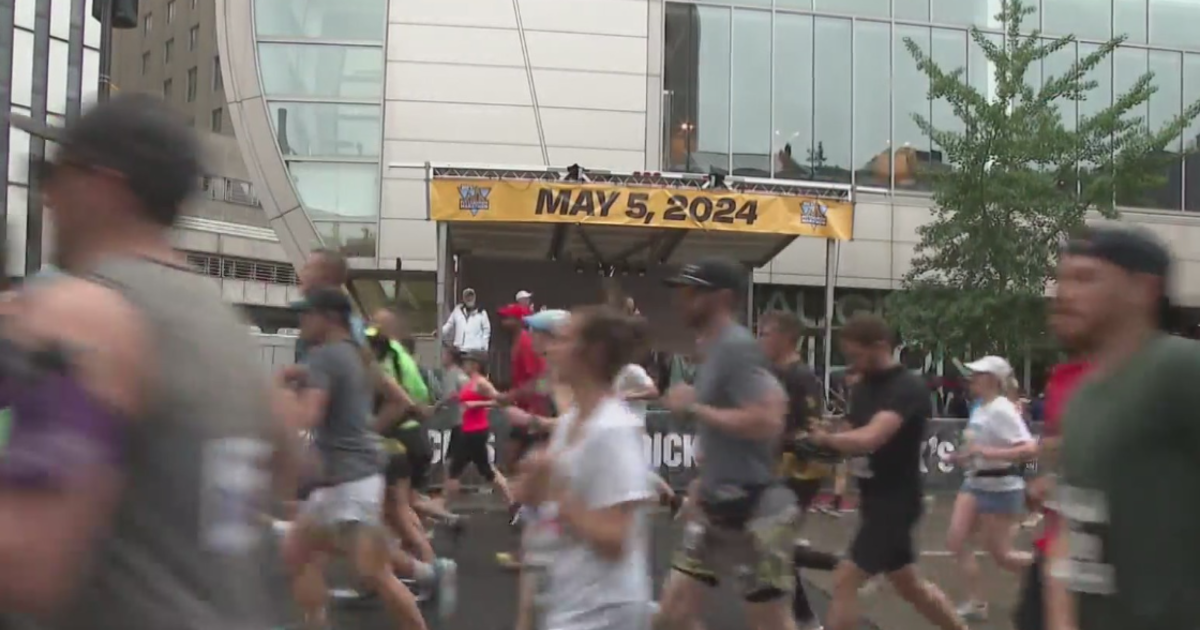Hey Ray: Cold tires
PITTSBURGH (KDKA) - It pretty much goes without saying, especially if you park outside, the first cold blast in fall comes with a trip to the nearest air compressor to fill up your tires.
While most everyone knows the simple version that cold air takes up less space, so your tires deflate, what is really going on?
According to NASA, there is a known relationship between the temperature and volume of a constant number of molecules and their pressure. This relationship is called the Charles and Gay-Lussac's Law.
It's named after the scientist who did the original work, Charles, and two scientists who first investigated the relationship.
That is Gay and Lussac.
So, how does this relationship work?
Let's take the pressure cooker for example. When we seal the lid, there is nothing more going into it and essentially nothing coming out. (Yes, some steam comes out, but tires are slightly permeable, meaning small amounts of air can escape the tire, too!)
This is a closed system, making the number of molecules of the soup ingredients constant. It is a closed system like a tire.
The way to build pressure in a pressure cooker is to heat it up. The more heat added, the higher the pressure will become.
Since heat is the only thing that is changing, what is happening to increase the pressure?
According to Florida State University, as you add heat, you're giving the molecules inside more energy. This excites them, causing them to move faster.
The faster movement creates more collisions with the walls of the container, resulting in an increase in temperature.
The opposite is true when the tires cool.
When the tires cool, the molecules will slow down. This results in fewer collisions with the walls of the container, or tire, and the end result is lower pressure. To make sure your tires are in good condition, the U.S. Tire Manufacturers Association says you should check your tire pressure once a month and before long trips.
In the summer, tires can become slightly over-inflated as outside temperatures warm. If you find this to be the case for you, you should let some air out of the tire until it reaches the recommended inflation level.

